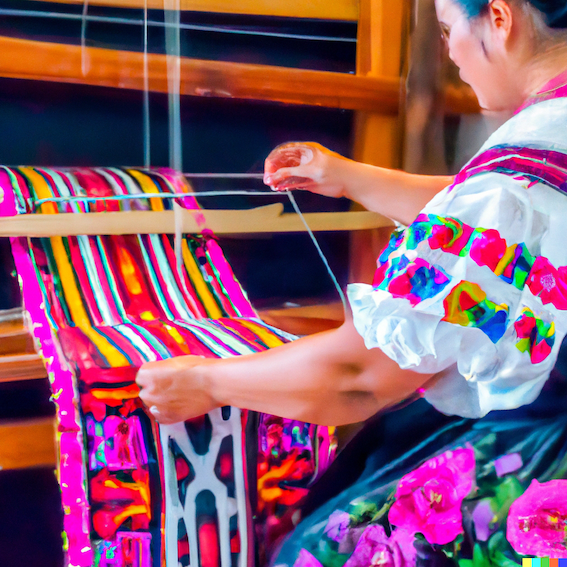Huipiles, traditional indigenous garments worn by women in various regions of Mesoamerica, have a long and fascinating history. These intricately embroidered blouses are not only beautiful, but they also hold deep cultural significance and serve as a way to connect with the ancestral past.
The word "huipil" comes from the Nahuatl word "huipilli," which means "blouse" or "tunic." The design and style of huipiles vary from region to region and even from village to village, with each one featuring unique patterns, colors, and symbols that reflect the local culture and traditions.
Huipiles are typically made by hand using a backstrap loom, a technique that has been used in Mesoamerica for thousands of years. The embroidery and weaving techniques used to create huipiles have been passed down from generation to generation, ensuring the preservation of traditional knowledge and skills.
Historically, huipiles were worn as everyday clothing by indigenous women, and they often served as a way to identify a woman's village or social status. Today, huipiles continue to be an important part of indigenous culture, and many women still wear them for special occasions such as weddings, religious ceremonies, and fiestas.
In recent years, there has been a growing interest in huipiles and other traditional indigenous garments among fashion designers and consumers alike. However, it's important to recognize that huipiles are not just fashion items or accessories, but they hold deep cultural and spiritual significance for the communities that create and wear them.
Another important aspect of huipiles is their sustainability and eco-friendliness. Many huipiles are made from natural fibers such as cotton, which is biodegradable and can be recycled. Additionally, some artisans are exploring innovative ways to upcycle or repurpose huipiles that are no longer wearable, such as turning them into bags, pillowcases, or other decorative items. Like our pouch bags made from recycled huipiles, don't forget to check them out.
In conclusion, huipiles are not just beautiful garments, but they are also an important part of indigenous culture and history. By learning about and supporting the artisans who create them, we can help to preserve traditional knowledge and skills and ensure that these important cultural treasures continue to be passed down to future generations.

